Essential Guide to Recovery From Hair Transplants
Your recovery will involve taking excellent care of tiny hair graft sites and preventing damage or infection to these sites is crucial in the immediate post-procedure healing phase.
Your recovery will involve taking excellent care of tiny hair graft sites and preventing damage or infection to these sites is crucial in the immediate post-procedure healing phase.

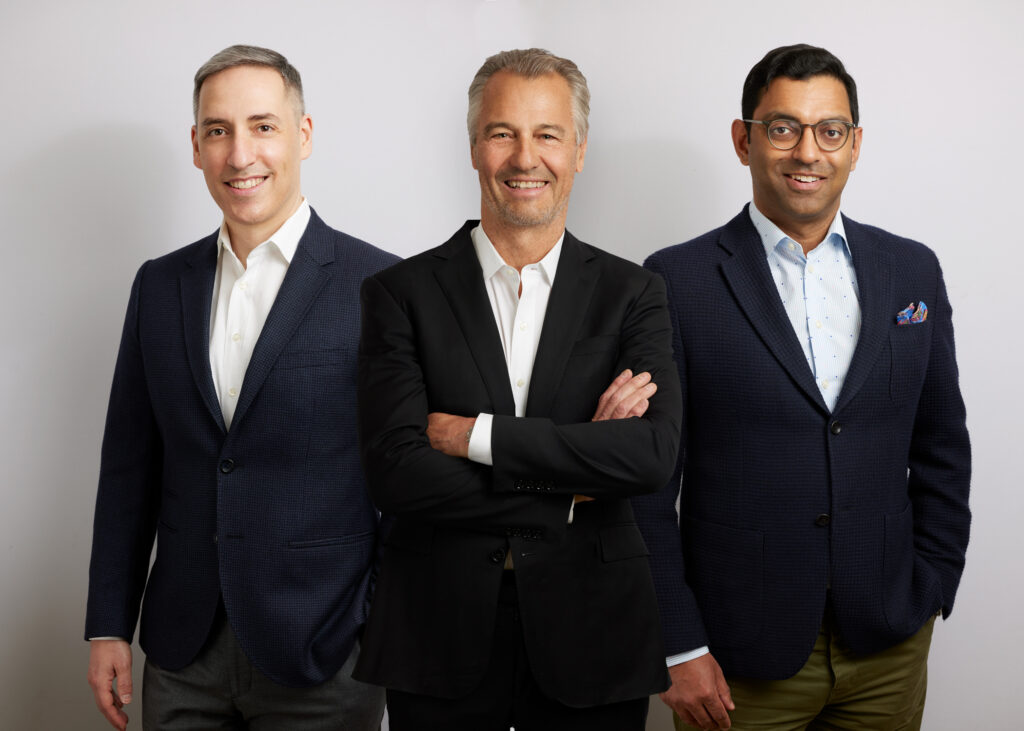
Toronto Hair Transplant Surgeons are internationally known for our pioneering work in hair transplantation.
In contrast with older hair transplant techniques, which left patients with a long, linear incision and painful wound after surgery, today’s advanced follicular unit extraction (FUE) hair restoration surgeries do not involve painful incisions, stitches, staples or scars. However, your recovery will involve taking excellent care of tiny hair graft sites, and preventing damage or infection to these sites is crucial in the immediate post-procedure healing phase. Here is our comprehensive guide to what to expect as you recover from a hair transplant surgery.
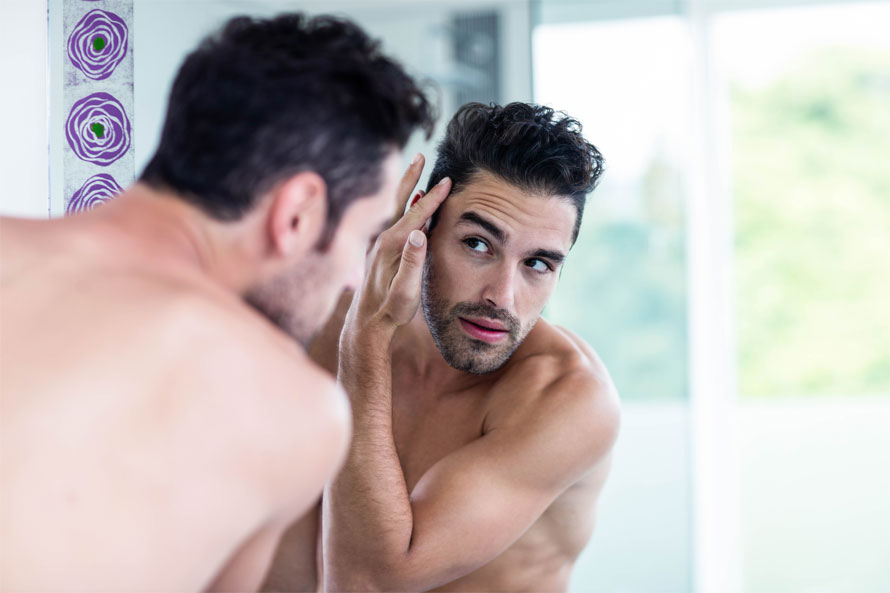
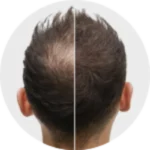
Toronto Hair Transplant Surgeons are internationally known for our pioneering hair transplantation work.
Our huge archive is here to help you see what we can do for you. Use the link below to view some sample cases.
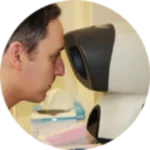
Familiarize yourself with our layout before you come in.
Visit the gallery to take a peek at our Oakville based clinic layout and surgical rooms.
By the end of the first week or week and a half, discomfort, swelling, bleeding and scabbing should all resolve themselves, leaving you with short, crew-cut-style hair. Then, you can look forward to the full timeline of recovery and hair growth as follows.
Within two to three weeks of undergoing a hair transplant with FUE, you can expect the newly transplanted hair to shed. This is normal and nothing to be worried about; it’s part of the natural phase of hair growth. Though the hair falls out, the follicle itself remains healthy, and will cycle back into a growth phase in several weeks.
At this phase, the transplanted hair will remain in a normal resting phase. By this point, FUE patients typically look like they did before undergoing their surgery. Again, this is typical. You should continue to carefully follow all post-operative instructions and attend follow-up visits as scheduled with Dr. Huber, Dr. Alexander, or Dr. Jones.
By the end of four months after your hair restoration procedure, you should start noticing new hair growing from the transplanted follicles. However, the new hair growth may emerge somewhat sooner for some patients, since healing times and experiences can vary.
At this stage, the new hair growth may be fine and thin, which does not indicate the long-term outcomes of FUE.
By the time you reach the nine-month mark, you should have noticeably longer, thicker hair growing in that you’ll be able to style however you choose. As always, attend follow-up visits with Dr. Huber, Dr. Alexander, or Dr. Jones on schedule.
By the one-year anniversary after your surgery, your transplant process will largely be complete in terms of growth, thickness and density. Most of your follicles should be growing healthy hair at this point. Around the one-year mark is the time when many hair transplant patients who want to achieve even greater coverage can begin to evaluate whether they are good candidates for follow-up surgery.
Hair transplants are an expensive and a serious commitment. You want to be sure that you take great care of yourself after your surgery and it’s important that you follow post-operative instructions to ensure optimal healing and growth of your newly transplanted hairs.
We send you home with instructions based on the type of transplant surgery you’ve had – but here is a preview with some of the general guidelines and precautions so you can understand what to expect.
At the time of surgery, your scalp will have been thoroughly cleaned of blood and crusts, but these will tend to re-form soon after your hair transplant procedure. Care should be taken while cleaning the transplanted site during the week following surgery because it is during this period that the healing mechanisms of your body secure the grafts firmly in place. However, appropriate care of the area during your hair transplant recovery will minimize crusting and make the transplant less noticeable and the healing more rapid.
Beginning the day following surgery, you should soak your head in the bathtub for 10 minutes twice a day. Do this until day 10 or when all the crusts have come off. Four days after surgery you may pour warm water with shampoo over your head instead of doing the soak in the bathtub. If showering, shower from the neck down and do not let the jets touch the grafted area. If the grafts are soaked too long, they may swell and rise above the skin’s surface and appear as little white bumps immediately after soaking. This is a problem more likely encountered in the first few days after the procedure. It is not harmful to the grafts, but indicates that you are soaking too much. As soon as you allow your scalp to dry, they will disappear.
It is important when soaking in the bathtub that you are gentle for the first 10 days following hair loss surgery. Do not rub, pick, or scratch, as this may dislodge the hair follicles. After the soak in the bathtub, gently pat the sutured area dry. Let the area with the transplanted grafts dry naturally. Do not pat dry or comb the hair in this area. You may blow-dry your hair on a warm, not hot, setting. Hair spray should not be used for the first 10 days.
First 48 hours Post Surgery: No aspirin or alcohol products. When bending, bend with your knees. No exertion.
The Day After Surgery: Soak your head in a bathtub of warm water for 10 minutes twice a day until all the crusts are off. This helps with the healing process and gets the scalp cleaned up nicely. The crusts usually come off in 7-10 days after surgery. There will probably be a hair in the scab when it sheds. Don’t be alarmed as this is normal and the root is still implanted. When showering, shower from the neck down. Do not let the jets touch the grafted area. Minoxidil can be applied after 10 days or when all the scabs are gone.
First 4 Days: No exercise for the first 4 days. You may experience some swelling around the eyes 3-4 days after surgery; ice forehead to reduce swelling.
4 to 7 Days: No strenuous physical activity (jogging, tennis, diving). However, light exercise may be resumed after 4 days. After 4 days, warm water with shampoo may be gently poured over the head instead of doing the soak in the bathtub. Remember: do not rub the grafts.
10 Days: You may engage in exercise activities that involve mild exertion (jogging, bicycling and mild weight lifting) unless otherwise instructed. You can resume your normal shampoo routine. Gently massage off scabs under the showerhead using the palms of your fingers, not with your nails.
10 to 12 Days: If you have stitches, they should be removed at our clinic or by another health professional. The day of your appointment shower and shampoo your hair, gently massage off the scabs from the donor site and recipient area with the palms of your fingers, not with your nails.
Up to 14 Days: No contact sports (hockey) or wearing a helmet or knit hat.
Smoking: Smoking, like alcohol, can limit your body’s ability to heal after any medical procedure, so its best to abstain from cigarettes for at least 2 weeks (before and) after your hair transplant.
Itching: You may experience some itching either in the transplanted area or in the sutured area following your procedure. In general, itching is part of the healing process and should not be a cause for concern. A common contributing factor may be dryness. You may also experience itching as the new hairs grow in. If itching is bothersome to you, purchase an over the counter anti-histamine. It is also possible that you may be using too much shampoo when rinsing your hair. If you feel that this is a factor, please cut back on the shampoo and remember to rinse thoroughly. Do not scratch the scalp as this may dislodge grafts.
Swelling: You have been given an injection of cortisone during your hair restoration procedure to decrease swelling after surgery. If there is significant swelling, it usually occurs around the third to fourth day post op. The swelling usually begins at the hairline and then, from gravity, it gradually moves down the forehead and settles into the bridge of the nose and around the eyes. Occasionally, it may cause the eyelids to swell shut for a short period of time. Sometimes the swelling is extreme, but it always resolves by itself after a few days and does not require any special treatment. It should not be a cause for alarm. It will not affect the outcome of the surgery. If you would like, you may place cool compresses over the area that is swollen, as long as it is not placed over the implants. You may also sleep with your head raised at a 45-degree angle for the first three nights after the procedure, as this may help to prevent swelling. You may use a recliner chair or prop yourself up on a few pillows. If the swelling is associated with redness, pain, tenderness, fever or chills, it may indicate an infection. If any of these symptoms occur, please call our office.
Infection: Redness, swelling, and slight tenderness are to be expected for the first few days after a procedure. Rarely, one or more grafts may become infected. They present as white pustules (pus pimples) or redness around individual hairs. They may be associated with a yellow coloured crust and may be tender. If this should occur during your hair transplant recovery, please contact our office. It may require antibiotic treatment.
Virtually everyone will develop a few pimples in the recipient area starting at about a month following hair surgery and continuing for several months. These are new hairs breaking through the skin. They tend to resolve on their own in three to four days. As individual pimples resolve, new ones may crop up. They generally do not require treatment. If more than just a few develop at one time or the skin in a larger area becomes swollen, red, tender and hot, then you should call us, as antibiotics may be necessary.
Numbness: Numbness, tingling or similar sensations may occur temporarily on your scalp. These are the results of cutting small nerve endings in the skin during the course of harvesting the donor grafts and creating the recipient sites. This generally disappears within a few months, as nerve endings re-grow.
Hair Colouring and Cosmetics: Do not dye your hair for four weeks following the procedure. Do not use cosmetic camouflage agents (Instant Hair) for at least seven days following your surgical hair restoration procedure. When applying the cosmetics or washing them out, be very gentle through day 10.
Sun: Please avoid unprotected exposure to sunlight for three months. Wear a hat when you are going to be outside. After two weeks you may use a strong sunscreen with an SPF of 30+.



TORONTO HAIR
TRANSPLANT CENTRE
435 Reynolds Street
Suite 206
Oakville, Ontario
Canada, L6J 3M5
Send Us a Quick Email
[email protected]
Call Us
Phone: 877-789-4247
Fax: (905)815-1745
Working Hours
Monday To Friday: 9AM – 4PM
Saturday and Sunday: Closed
NEED HELP BOOKING A CONSULT?




435 Reynolds Street, Suite 206,
Oakville, Ontario, Canada, L6J 3M5






435 Reynolds Street, Suite 206,
Oakville, Ontario, Canada, L6J 3M5
© 2001-2023 Toronto Hair Transplant Surgeons. All Rights Reserved. Designed by scaleup42.com